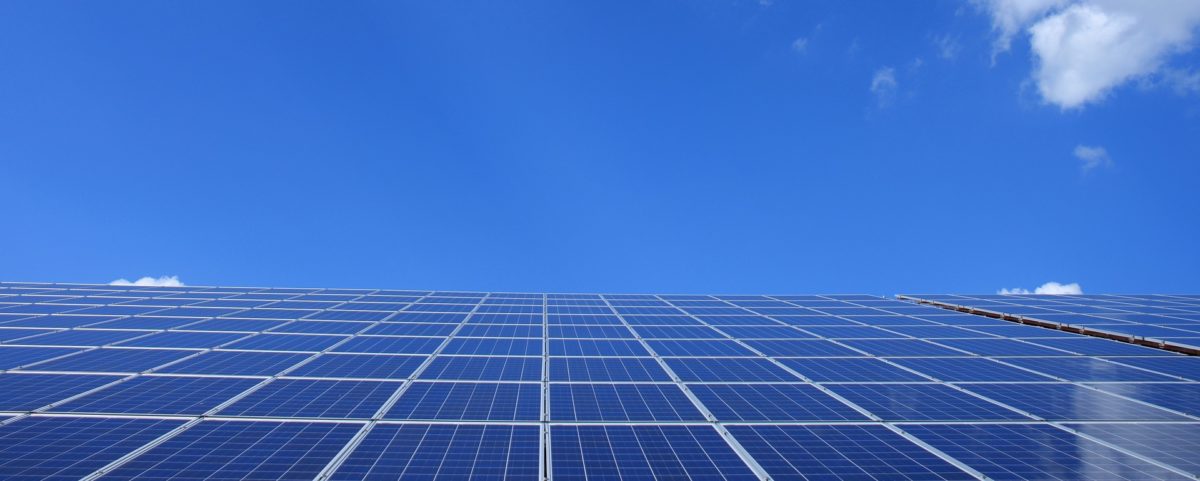Ever bigger offshore wind turbines will plunge wind power prices below wholesale power prices. Even as a contract was being announced for GE Renewables to supply 14 MW wind turbines to SSE/Equinor’s Dogger Bank C site, plans were being progressed to test even larger machines, perhaps 20MW by a German research company.
Such turbines could have total blade rotor diameters of around 250 metres.
Already, in 2019, UK Government contracts were awarded for offshore windfarms to pay prices over 15 years that were around the level of wholesale power prices. But the emergence of even larger machines , along with improved production techniques, offer the promise that by 2030 windfarms will be in operation which undercut the wholesale power price by large amounts.
Wind turbine manufacturing and installation costs are being cut by dramatic reductions in the weights of the blades and nacelles relative to their size meaning that the support, transport and installation process can itself be simplified and costs reduced. A leap forward in modelling and digital control technology has already acted to reduce costs, allied to economies of scale in installation and servicing techniques. The benefits of upscaling designs are especially cost-effective in offshore wind power since reducing the number of machines that need to be installed for a given output greatly reduces shipping and equipment costs.
Added to this confidence in offshore wind power technology has increased to such an extent that financing large schemes can be conducted for very low borrowing costs.
Last time the Government issued some contracts-for-difference (CfDs) for offshore wind they came in at £40 per MWh (2012 prices), and when the auction results are announced in 2021 such prices are most likely to be reduced. The only questions will be, by how much and how these prices will compete with the (also) declining costs of solar farms and onshore wind.
The falling costs of renewable energy have prompted analysts such as Chris Goodall to argue that complete decarbonisation can be most effectively achieved through massive overbuilding of renewables. Certainly resources exist for this; only around 7 per cent of the UK’s offshore water resources would need to be used to supply all or most of UK energy requirements from offshor windfarms.
Under such scenarios surplus energy generated at times when production was above demand could be converted into hydrogen to be used at other times when demand exceeded renewable production, and also converted into synthetic fuels which could stored in the long term.
Of course all of this, when added to the switch to electric cars and heat pumps requires a sea-change in regulatory policy to deal with this energy revolution. Yet currently policymakers are locked into discussions about building nuclear power stations and fossil fuel carbon capture and storage that at best will appear slowly, at tremendous cost, and in relatively small quantities.
David Toke
